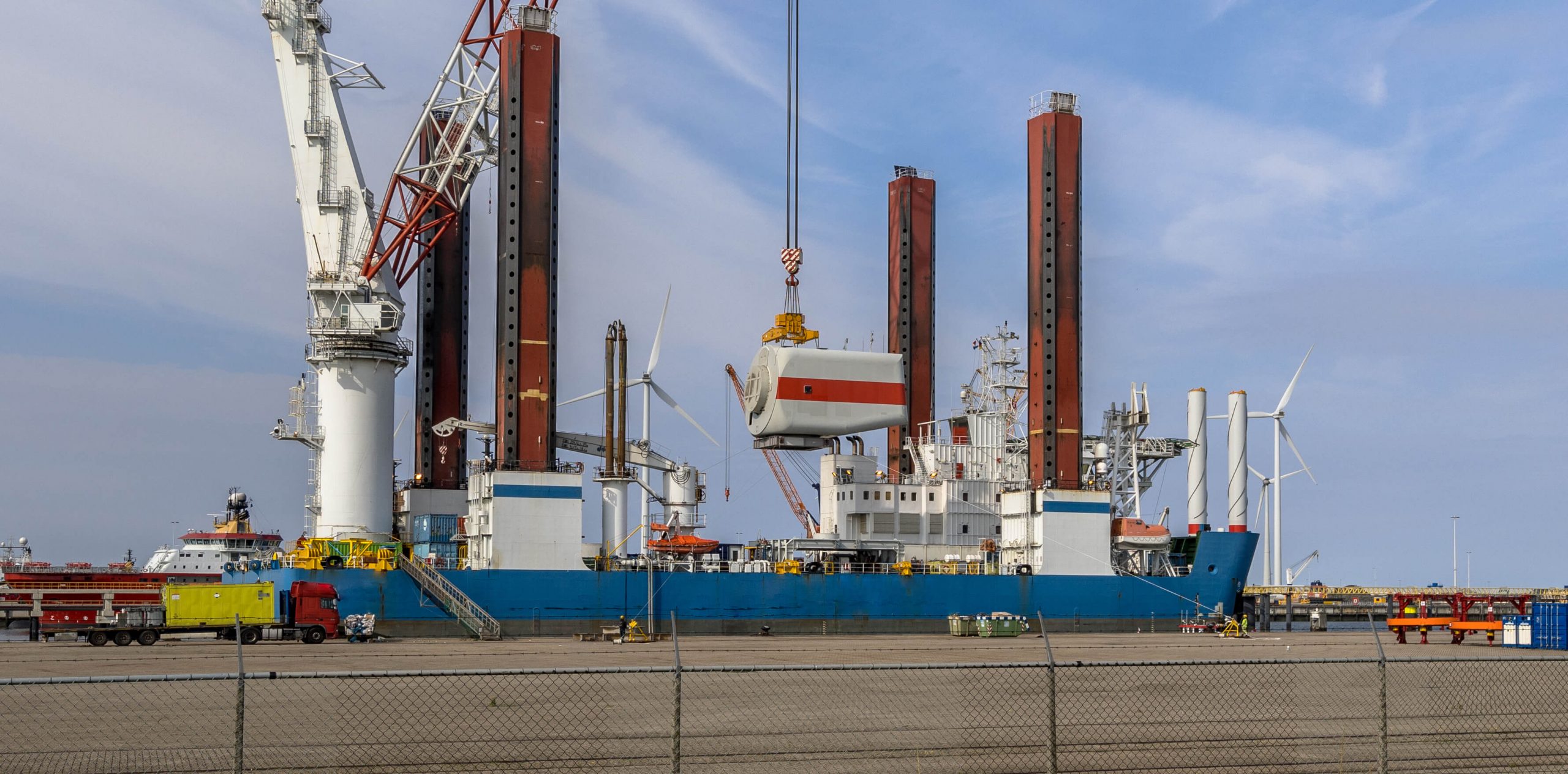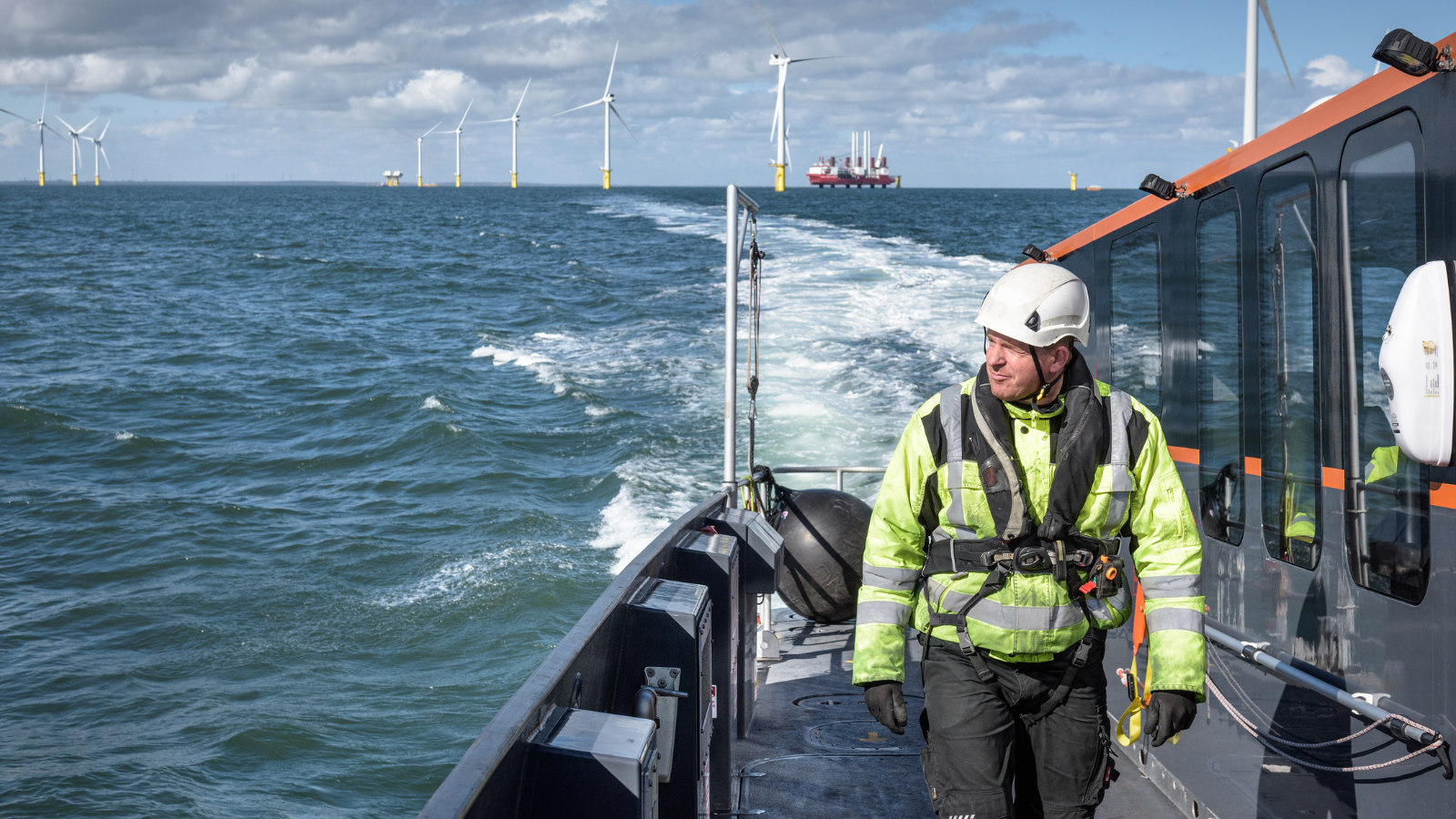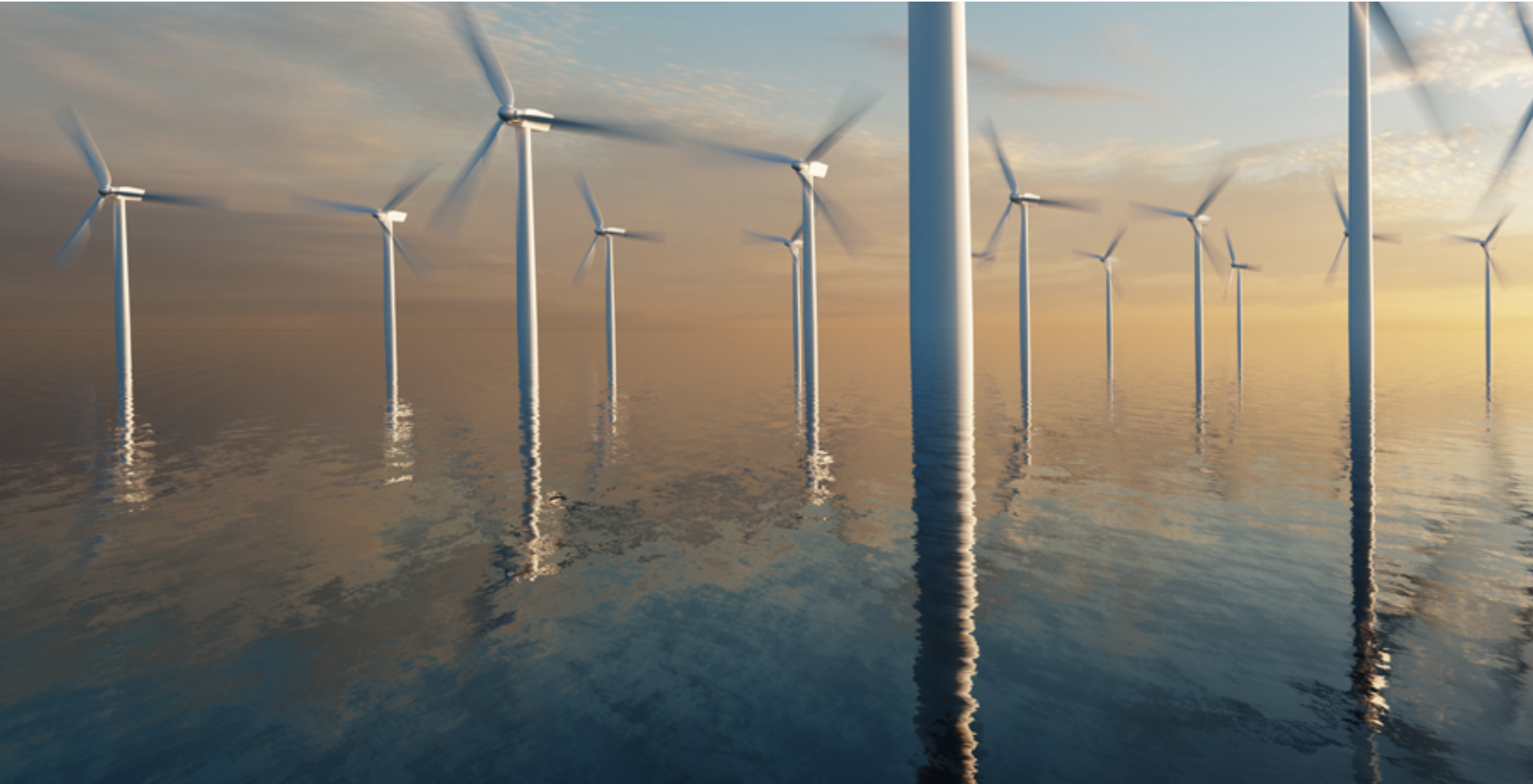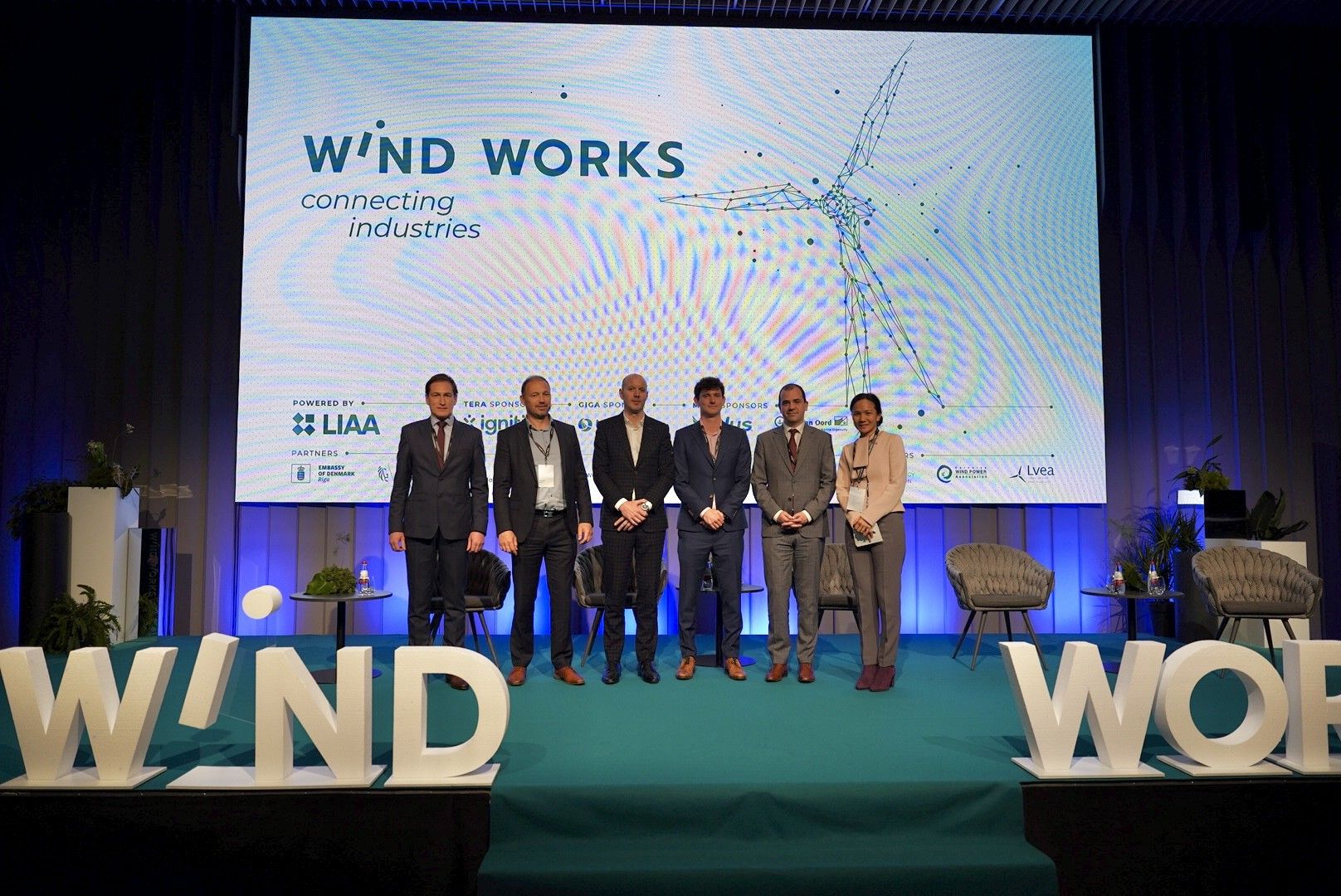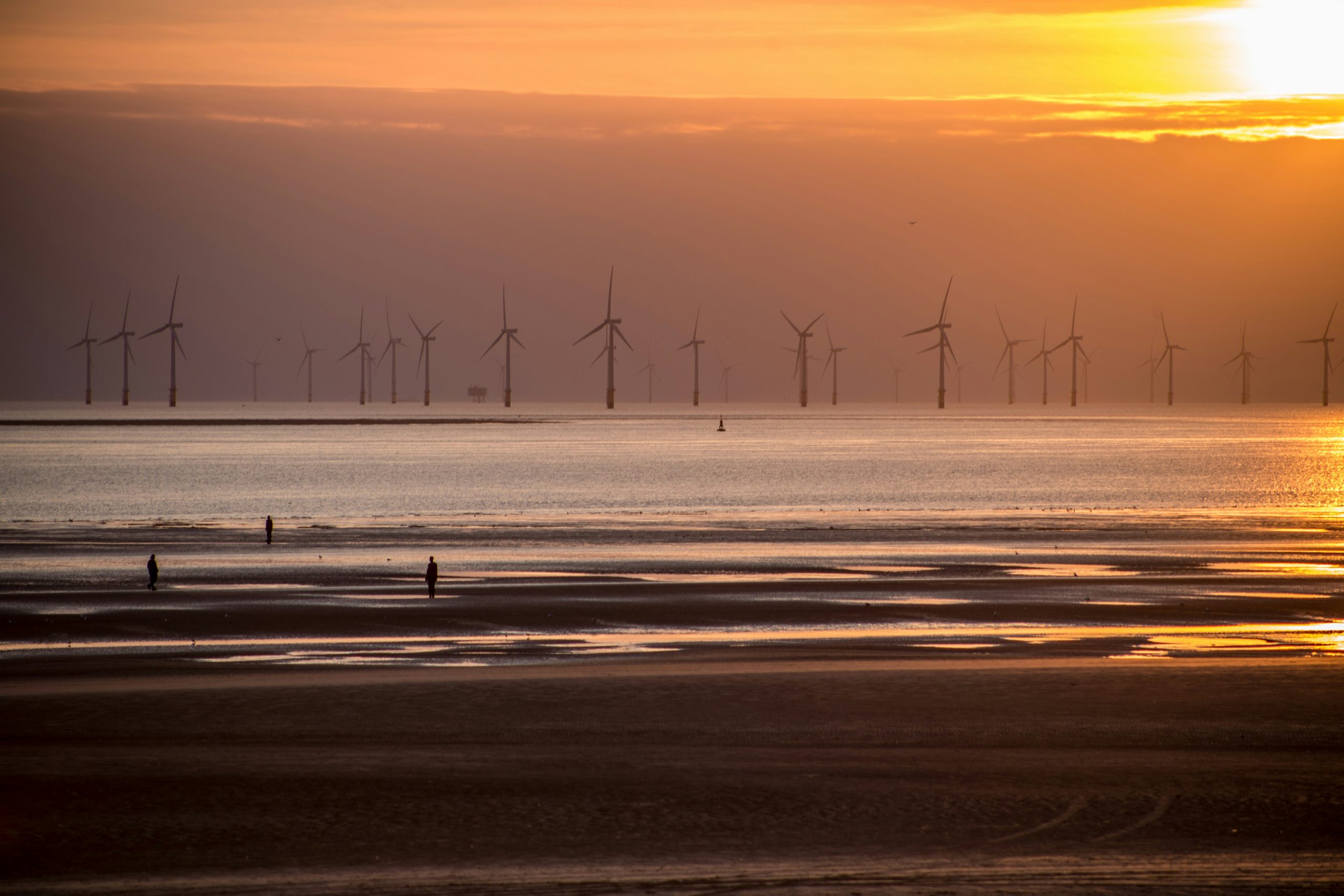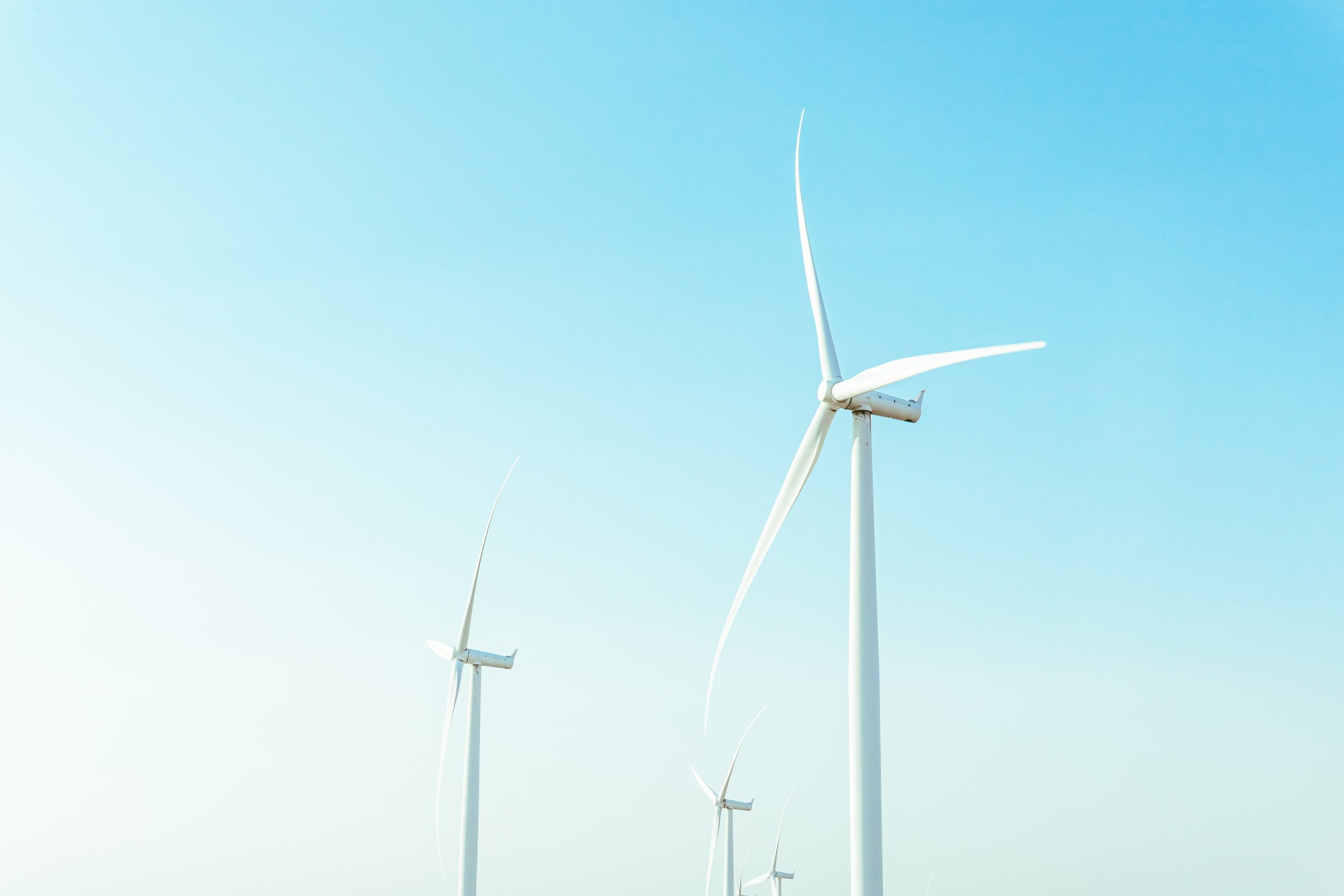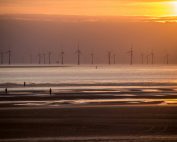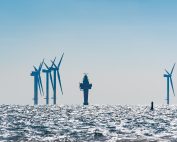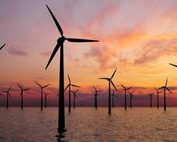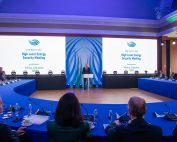IHS Markit analysts estimate that 15 MW wind turbines will appear on the offshore wind energy market within the next three years. Unfortunately, the current fleet of ships used to assemble wind turbines is not adapted to work with next-generation technologies. This poses a great risk to the global goals of the offshore wind sector.
At the end of 2020, the total installed capacity in offshore wind on a global scale exceeded the level of 35 GW. Technologies in this sector are constantly developed and today there are 12 MW turbines on the market (GE Renewable Energy Haliade-X). The obvious role of installation and service vessels is increasingly emphasized in international discussions. Unfortunately, the challenge is to adapt the fleet and infrastructure to the ever larger and longer elements of wind farms.
IHS Markit warns that none of the existing assembly vessels can handle the next generation wind turbines over 15 GW, which will be on the market shortly in three years. The rapid development of offshore wind technology means that the infrastructure necessary to build offshore wind farms will be needed.
The Offshore Wind Turbine Installation Vessels report indicates that until 2030 the increase in installed (gross) capacity will increase sixfold. The acceleration of development dynamics will be influenced by cost reduction, technological progress, more and more favorable regulations, in particular new national targets in the offshore wind area – more and more countries take into account the development of the offshore wind energy sector in the energy transformation, e.g. Poland, Lithuania or Estonia.
Offshore wind turbine installation vessels (WTIV) currently make up a fleet of 50 units, of which approximately 66% are ships located outside China, while the rest – in Northern Europe (in particular the North Sea). Ships from the Middle Kingdom serve only local markets, while a large part of the world’s fleet is currently concentrated on building farms in the North Sea. This creates serious problems for countries that want to join the race for offshore wind capacity – in the near future they may face barriers to contracting ships. The only answer to this is building new ships for emerging regional markets such as the Baltic Sea and the USA. Currently, there are six new units under construction in the world, which will be implemented in works on the seas until 2023. Seven companies have declared their willingness to build 16 new WTIVs, but these are not binding decisions – investments have not yet started. One of the reasons for the lack of investment in new turbine installation vessels in the past has been concerns about their viability and operational potential as turbine technology has developed rapidly over the past years.
IHS Markit estimates that the offshore wind industry will need to invest around $ 1.2 billion to $ 2 billion to build at least four new ships to meet global demand until 2026. Some markets are already operating in this area. For example, the US, which plans to reach 30 GW until 2030 in offshore winds, already has one vessel that will be under the US flag, which will be launched on water in 2023. The US plans to allocate up to $ 500 million to build a fleet of ships and ports.
